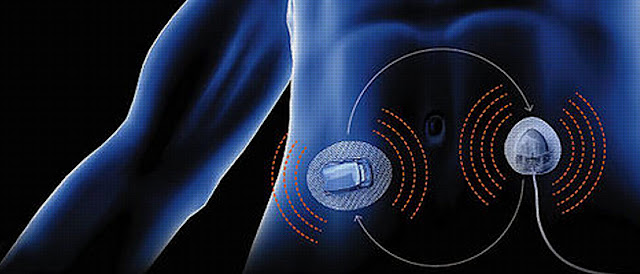Innovation At Work: Discovering The Advancements In Die Casting Technology
.jpg) |
| Die Casting |
Die-casting technology has come a long way since its inception, revolutionizing the manufacturing industry with its precision and efficiency. Over the years, advancements in this technology have pushed the boundaries of what is possible, enabling manufacturers to produce complex and high-quality parts. In this blog, we will explore the exciting innovations and advancements in this technology, highlighting the transformative impact on various industries.
According to the Coherent Market Insights In 2020, the Global
Die Casting Market had an estimated value of US$ 62.3 billion. It is projected to grow at a compound annual
growth rate (CAGR) of 7.2% from 2021
to 2028, reaching a market value of US$
106.5 billion by the end of the forecast period.
Enhanced Tooling and Design: One of the significant
advancements in this technology is the development of advanced tooling and
design capabilities. Computer-Aided Design (CAD) software and simulation tools
allow for the creation of intricate moulds and precise part designs. This
enables manufacturers to produce complex geometries, thin-walled parts, and
components with tight tolerances. The ability to optimize designs digitally
before production helps reduce material waste and improve overall efficiency.
High-Pressure Die Casting: High-pressure this (HPDC) has
emerged as a game-changer in the industry. This technique involves injecting
molten metal into a die cavity under high pressure. HPDC allows for faster
filling times, better material flow, and reduced porosity in the final part.
The result is a more uniform and structurally sound casting, suitable for
applications that require high strength and durability.
Advanced Materials and Alloys: Advancements in this technology
have expanded the range of materials and alloys that can be used.
Traditionally, this casting was primarily associated with aluminium and zinc
alloys.
Process Monitoring and Control: Automation and real-time
process monitoring have significantly improved the efficiency and quality of Die
Casting operations. Advanced sensors and control systems continuously
monitor key process parameters, such as temperature, pressure, and cooling
rates, ensuring optimal casting conditions. This level of control enhances
repeatability, reduces defects, and increases overall productivity.
Additionally, the integration of data analytics and machine learning techniques
enables predictive maintenance, optimizing machine performance and minimizing
downtime.
Advancements in this technology also prioritize environmental
sustainability. Efforts have been made to reduce energy consumption, decrease
material waste, and implement more eco-friendly practices. For instance, the
development of vacuum-assisted (VADC) reduces the amount of trapped air and
porosity in castings, resulting in higher quality parts and less material
waste.



Comments
Post a Comment